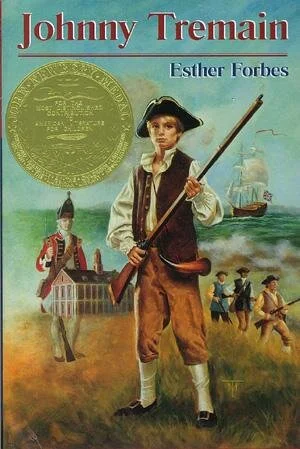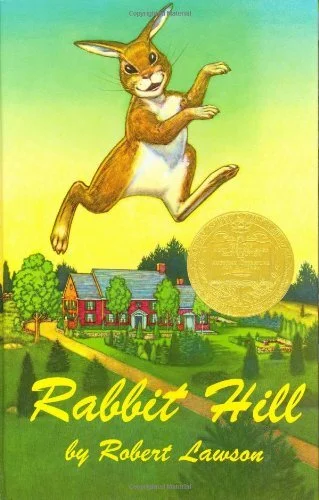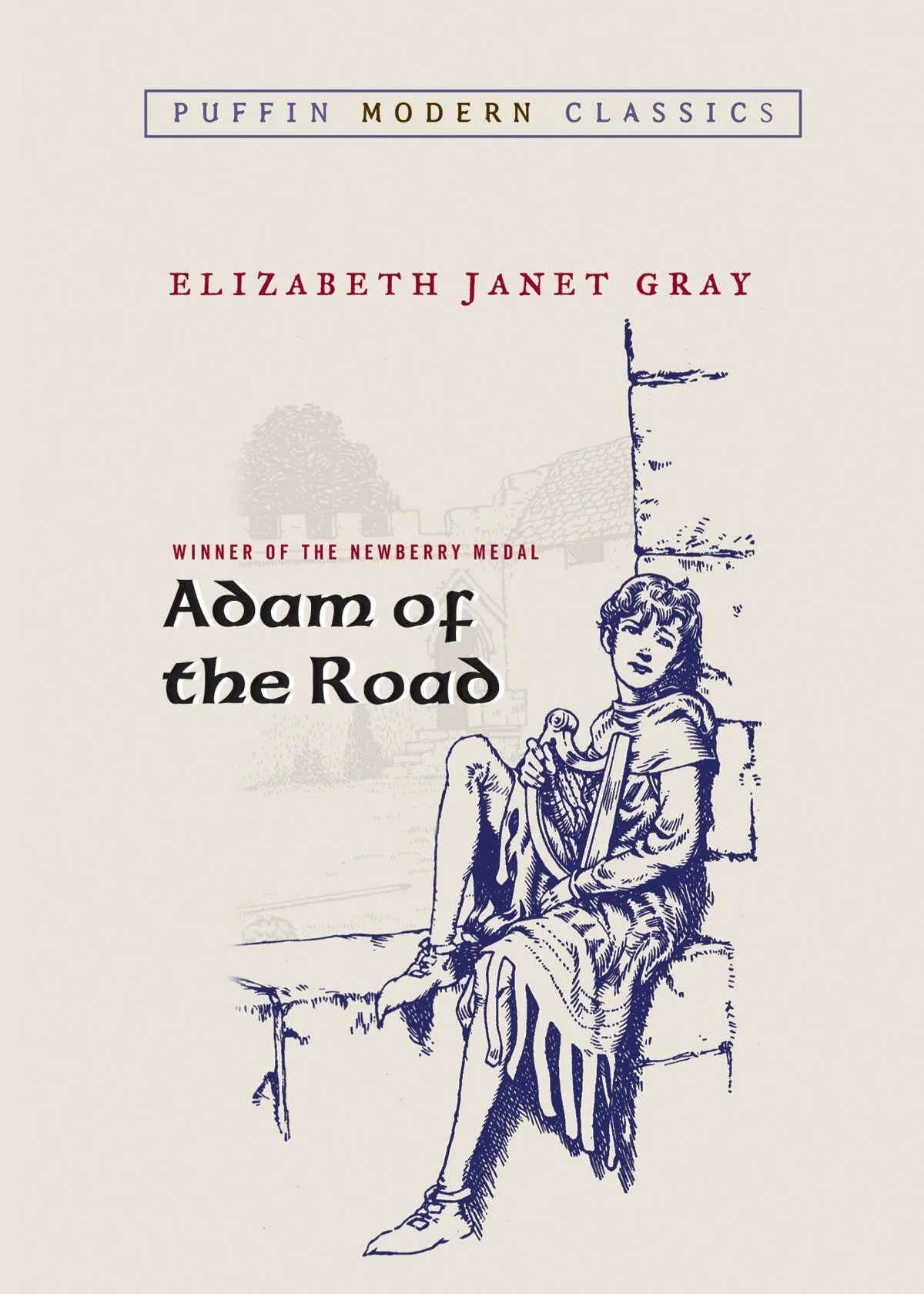Johnny Tremain (1944)
Considering the state of the Union at this point, it’s no surprise that American pride is at an all-time low. What is surprising is that even amidst the shitshow that was 2020, 70% of Americans were still proud to be an American. COVID and election fever and conspiracy theories and racial protests be damned, most of my countrymen still found plenty to love in the good ol’ US of A. My own relationship to the country is complicated—I love and believe in the ideals our founders wrote into the Constitution, but we’ve also done a piss-poor job of living up to them as a nation. That context makes it all the more surprising how much I enjoyed Johnny Tremain.
Johnny Tremain, released in 1943 and awarded in 1944, found America in a very different state than today. Still knee-deep in World War II with no clear end in sight, some 10 million Americans were enlisted in the military, many of them teenagers fresh out of high school. My grandpa was 17 at the time, hankering for his own chance to enlist the following year. It’s kind of a trip to think that he was in the target audience for Johnny Tremain, a Revolution-era story about a teenager excited to join his own fight for our country. For a lot of youth at the time, Johnny was a character they could relate to. When I was 17, I was making balloon animals and trying to test out of math class. Different times!
Like The Matchlock Gun before it, Johnny Tremain could easily come across as some jingoistic flag-waver designed to get kids excited about shooting Nazis. But unlike The Matchlock Gun, Johnny Tremain has a level of depth and nuance that elevates it out of its time and place, enough to make it one of the most widely-read children’s books in the US today. What’s the key to Tremain’s success, and why has it maintained its esteem in the children’s canon more so than any other book on this list so far?
The credit goes to author Esther Forbes. Born and raised in Massachusetts, Forbes was a keen historian who could draw from her personal life in Boston to elevate her work to new heights. Two years before she won the Newbery, her biography of Paul Revere won the Pulitzer Prize, and it was during her research for that book that she was inspired to write a fictionalized account of the era based upon the true story of a boy who played a role in the lighting of the lamps before Paul Revere’s ride.
Forbes’s ability to transport readers to colonial Boston is impressive—as much as any winner since The Dark Frigate, Johnny Tremain feels lived in. Cultural details (the importance of religion, the complicated political context) are weaved into the story so masterfully that the book easily doubles as a sociological exploration of the period. Forbes also has a way with characters, successfully juggling an impressively large supporting cast where each person (both historically accurate and invented) stands out. There’s the British Lieutenant who takes a liking to Johnny and teaches him how to jump hurdles on his horse, the wealthy aristocrat who’s tangentially related to Johnny and tries to have him hanged, the friendless apprentice who maims Johnny for life yet becomes an object of his pity. Each character has a depth and complexity that help them avoid reductionist “good” or “bad” labels, so much so that the morality of nearly every character (Johnny included) exists on a long spectrum of gray. It’s a marvelous twist that lets America’s many shortcomings fit squarely aside its better angels in a way that feels true to our time.
Strikingly, Johnny Tremain also works as a work of disability advocacy. In an unfortunate smelting accident, Johnny is severely burned and his hand crippled. Silversmithing, the career he’s been apprenticing for years, is suddenly off the table. Forbes does a remarkable job portraying Johnny’s emotional journey throughout the book, from his initial anger and despondency to shame and, eventually, acceptance. That’s not to say the book isn’t problematic in some ways (the disability is seen by many as God’s punishment on Johnny, for example), but it feels like an authentic representation of the character’s experience and shows readers that even someone deemed “useless” by society can play an important role.
This exploration of disability is no coincidence, as Esther Forbes struggled with severe dyslexia her entire life. It’s hard to find much information about it online, but according to the book’s forward, Forbes’s manuscripts as an adult were borderline unreadable, with spelling and punctuation so all-over-the-place that editing her books looked more like translation. It must have taken an immense amount of confidence, skill, and gumption to push through the perceptions people had of her as a disabled woman to get published, and some of that struggle is reflected in Johnny’s own journey.
Whether by luck or intent, Forbes also avoids many of the racist pitfalls of her contemporary authors in the book. Slavery is acknowledged as a fact of the time, but Black characters are never treated as second-rate or story props. In fact, much like Johnny, Black characters are shown to play important roles in spite of their treatment by the upper class white characters of the book. I wouldn’t go so far as to call it a particularly progressive stance, but it’s refreshing in its lack of contempt.
Surprisingly complex and nuanced, Johnny Tremain still stands up as a classic work of children’s literature.



